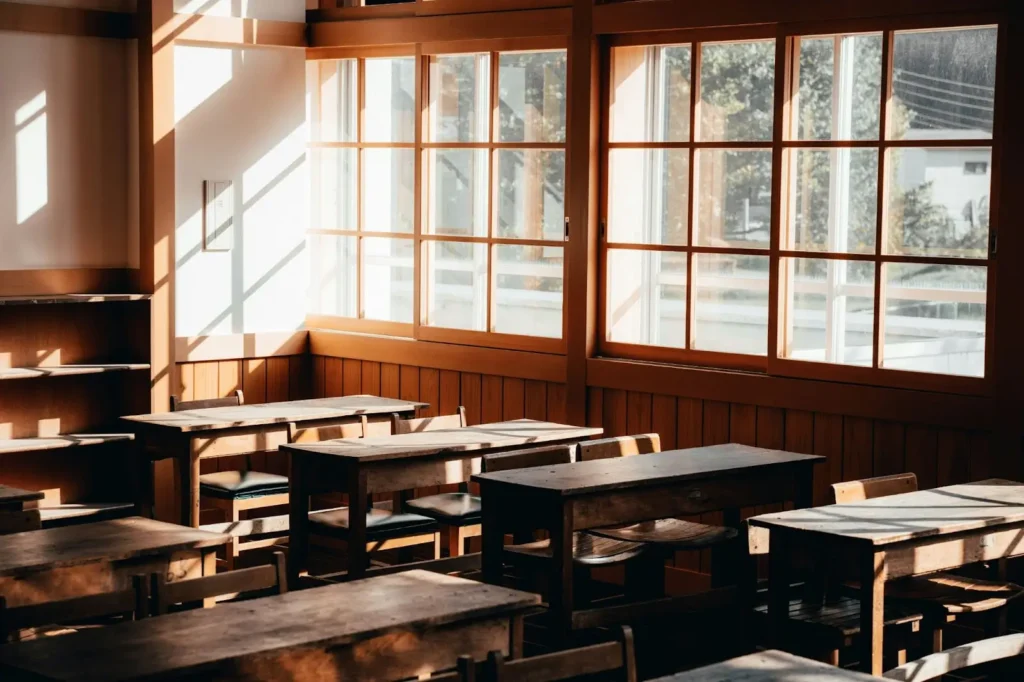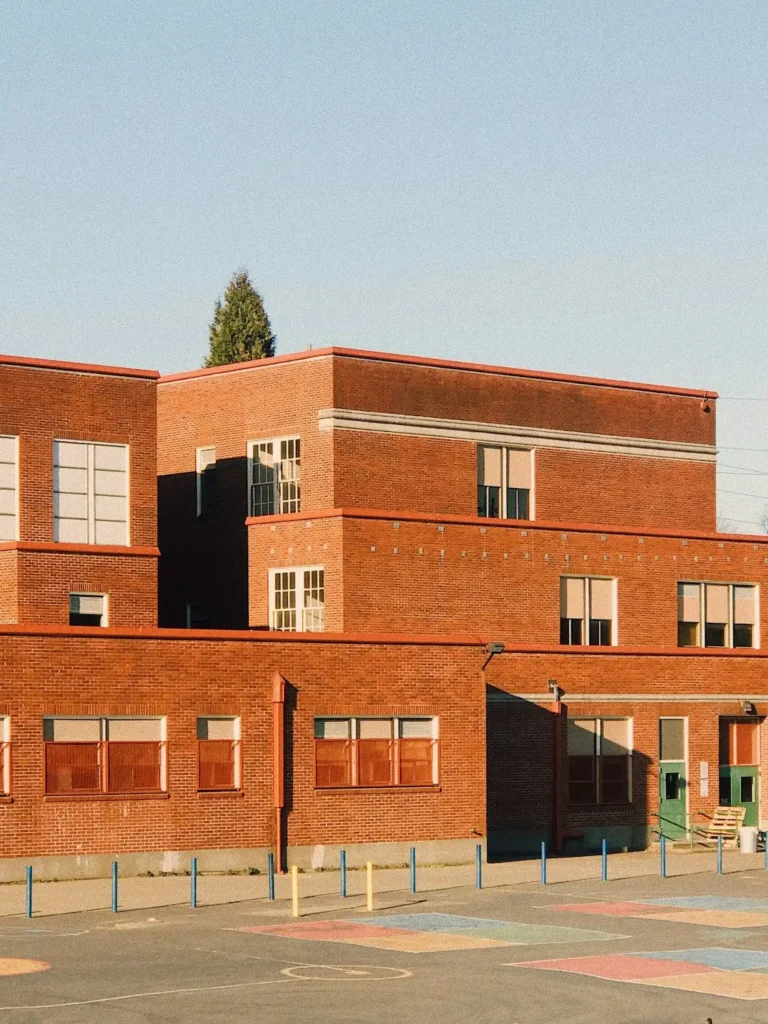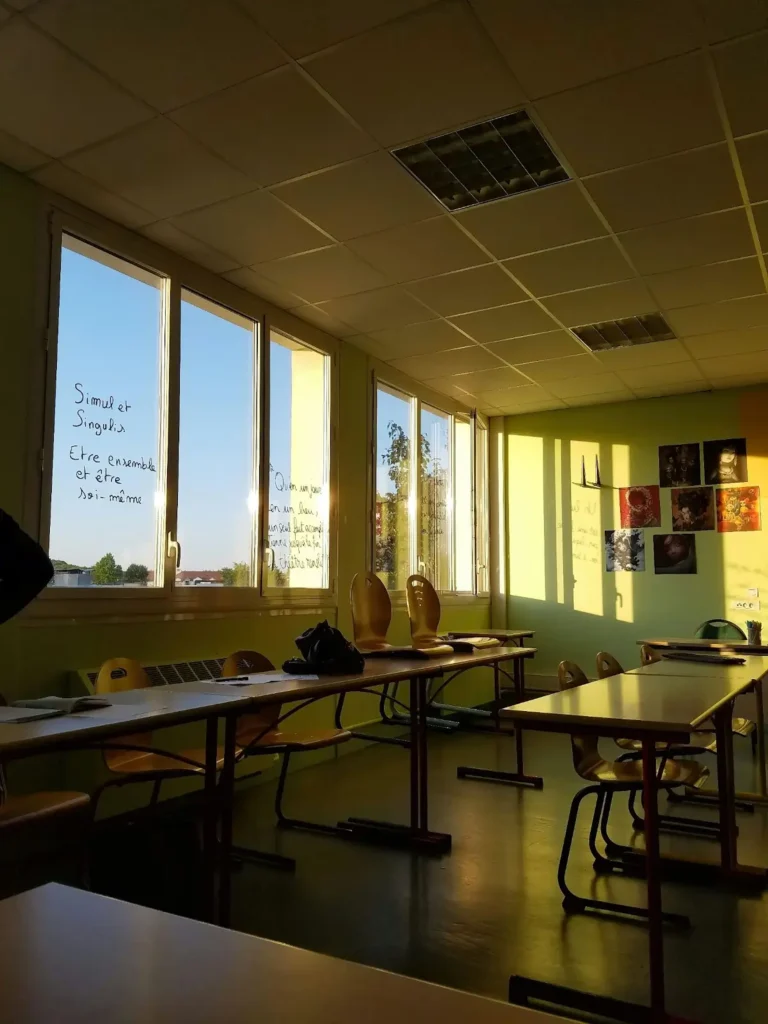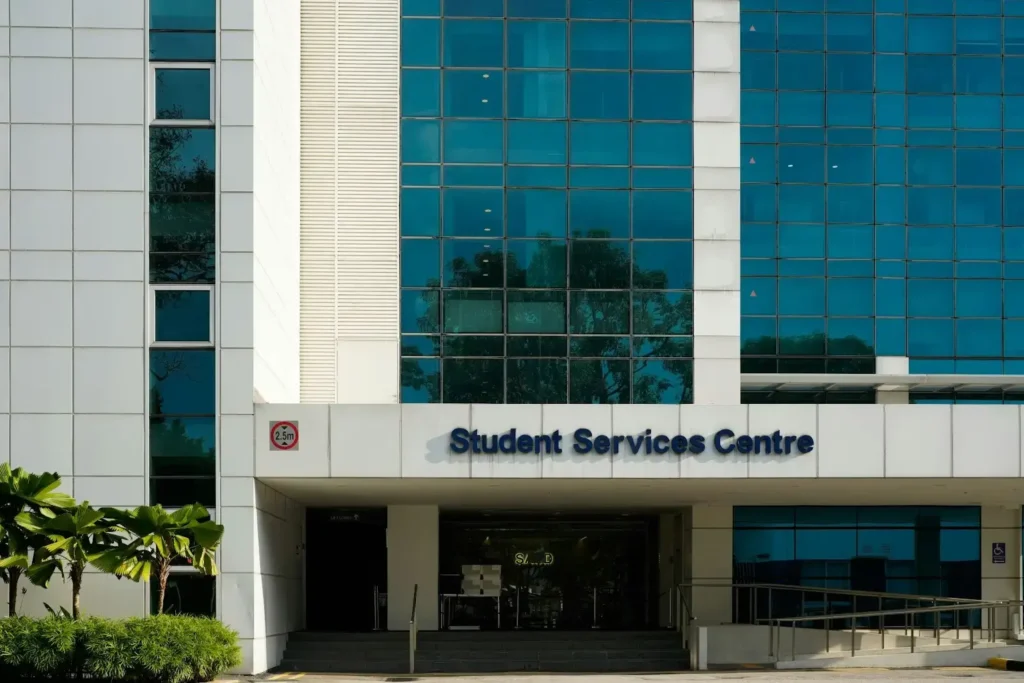Written By: Brad Campbell | August 23, 2025
With active threats, civil unrest, and even severe weather on the rise across the United States, it’s more important than ever to have effective school lockdown plans in place that mitigate the risk of harm to students, staff, and faculty.
However, there are many potential reasons for a lockdown in school, and not all are equally effective at protecting building occupants during worst-case scenarios. Many lockdown procedures simply do not do enough to protect the physical safety of students and staff, largely because the school doesn’t have the right physical security measures in place.
Schools and their stakeholders should not only familiarize themselves with best practices for school lockdowns, but also implement robust security measures that complement safety plans by creating physical barriers between school occupants and threats, especially active threats.
School lockdowns can occur for a variety of reasons, both natural and human-related. They frequently happen when there is an active threat (e.g., a violent attacker, such as an active shooter) on the premises or nearby, and this is the type of worst-case scenario that every school needs to prepare for.
During an active threat incident, locking down the school, including classrooms and other spaces within school buildings, can prevent an attacker from gaining entry to areas where they could do more harm.
A lockdown buys valuable time for building occupants to run, hide, and get to safety while waiting for law enforcement to arrive and neutralize the threat, but only if there are physical barriers in place that deny intruders access.

While an active threat is the most immediate and dangerous type of threat to the safety of students and staff, school lockdowns can also happen for any of the following reasons:
Although the students and staff within a school may not necessarily be in immediate danger because of these types of nearby threats, a school lockdown is still one of the best ways to ensure no harm comes to them while on school grounds.
Initiating a lockdown in a school allows building occupants to securely shelter in place until any potentially dangerous incident nearby has been resolved and it’s deemed safe to resume normal activities.

Although it’s important to put school lockdown policies in place that will protect against all possible threats to the safety and security of students and teachers, every school should be prepared for the worst-case scenario — an active shooter targeting the school and its occupants.
If a school is prepared for an active threat, the people inside will also be safer and more secure if it’s necessary to lock the school down for any other possible type of danger.
In order to ensure a school lockdown’s effectiveness, it’s critical to implement strong physical barriers to forced entry as a first line of defense, ensuring the effectiveness of other measures by physically keeping the bad guys out and at bay.
The number one way to protect the lives of a school’s occupants during an active threat scenario is to prevent intruders from getting inside in the first place, or from entering certain areas, such as classrooms, once they’re already inside the building.
In the majority of active threat incidents, the attackers gain access to their targeted facility through a vulnerable door or window.
Even with all doors and windows closed and locked, it’s incredibly easy to break a traditional commercial glass window and reach in to open a door from the inside or simply climb right in. To prevent an attacker from doing this, schools should install physical barriers to forced entry over vulnerable school windows and doors, both on the school’s exterior and interior.

Using containment-grade (forced entry-resistant), polycarbonate-based glazing shields or even ballistic-grade (bullet-resistant) security glazing, such as Riot Glass, is the most cost-effective way to accomplish this.
Polycarbonate-based school security glazing is thin and light enough that it can typically be retrofitted over existing doors and windows without modifying the existing framing, yet it has the virtually unbreakable strength of polycarbonate.
Even non-ballistic polycarbonate won’t noticeably diminish in strength if riddled with bullets, remaining a barrier to entry by preventing an armed and dangerous intruder from passing any part of their body through the glazing to open a door from the inside.
School access denial barriers aren’t the only solution districts and administrators should look at for improving school lockdowns, but they’re the most effective way to keep bad guys out and minimize harm to students and teachers.
Another way to improve school lockdown safety is to strictly limit where people can access the school, monitoring the flow of people in and out and ensuring entryway security.
Ideally, the school should have one main, secure entrance, and all secondary entrances should remain closed and locked at all times. If multiple access points are required, schools should keep the number to as few as possible and ensure they’re all monitored.
There are a few different ways to monitor the access points, including manning them with staff, security personnel, or school resource officers during the times when people come and go most, as well as keeping an eye on them all day long through a modern surveillance system.
For even better access control, schools might consider implementing automated doors and locks that can only be opened using a key card or fob, which only students and staff have. This helps reduce the chances of someone from outside the school community gaining access and becoming a threat.
As we touched on earlier, schools don’t just need access denial barriers over exterior doors and windows. It’s also crucial to make classrooms equally as secure as the rest of the building. If classrooms have windows that look out onto the building’s hallways, as many do, these can be reinforced with security glazing as well.
Additionally, it’s important to ensure that all classroom doors close and lock properly. Schools may want to consider automatic locking systems, so there’s no possibility of a teacher or student forgetting to lock the door or not doing it correctly.

Lastly, classroom doors and windows should have some type of covering that can be lowered at will to prevent intruders from seeing who’s inside during a lockdown. This provides an added layer of security while teachers and students shelter in place in their classrooms during a lockdown in their school.
During a school lockdown, all school staff members need to be able to communicate quickly and reliably.
Classrooms should have an intercom system connecting them to the main office and preferably a dedicated security office within. They should also have phone lines that can be used to make calls to law enforcement and other authorities if cell phone use is not possible.
Training all school staff on how to use the communication system and instructing them on emergency procedures for doing so is also essential.
Lastly, it’s also a good idea to inform local law enforcement about how a school’s communication system works, in the event that they need to enter the building and communicate with people in locked-down classrooms via the system.
Conducting routine lockdown drills ensures that students and teachers know what to do in the event of an active threat or another security incident that forces a lockdown.
It’s recommended to conduct a lockdown drill during the first month of every school quarter, so at least four times a year. If procedures or physical security measures are updated between drills, schools should practice lockdowns additional times.
Physical barriers like forced entry-resistant glazing are only effective if staff and students know how to use them strategically during a lockdown in school. It’s critical to educate all school occupants not just on procedures, but on where the safest locations are within the building.
During lockdown training, schools should:
Incorporating these concepts into lockdown drills helps ensure everyone knows not just what to do, but where to go — and why those areas offer more protection. When people understand that reinforced glazing can act as a shield against forced entry or even bullets, they’re more likely to remain calm and make effective decisions under pressure.
This kind of site-specific lockdown education empowers everyone to respond more confidently and safely during an emergency.

Recent tragedies at U.S. schools, including the terrible Apalachee High and Uvalde incidents, have made it clear that schools absolutely must ensure their lockdowns and security measures are strong enough to protect lives during the worst-case scenario.
By implementing strong physical security measures alongside other best practices for lockdowns in schools, communities can gain peace of mind in knowing that students, staff, and teachers are safe in the face of any potential threat.
If you’re not sure where to start, a threat assessment can help determine risk levels and provide tailored recommendations for upgrading your school’s security to ensure effective lockdowns.
At Riot Glass, we’re experts in hardening schools against active threats with our forced entry-resistant and ballistic-grade school security glazing solutions.
Contact us today for a free consultation or to schedule a threat assessment.

HOW CAN WE HELP YOU?
